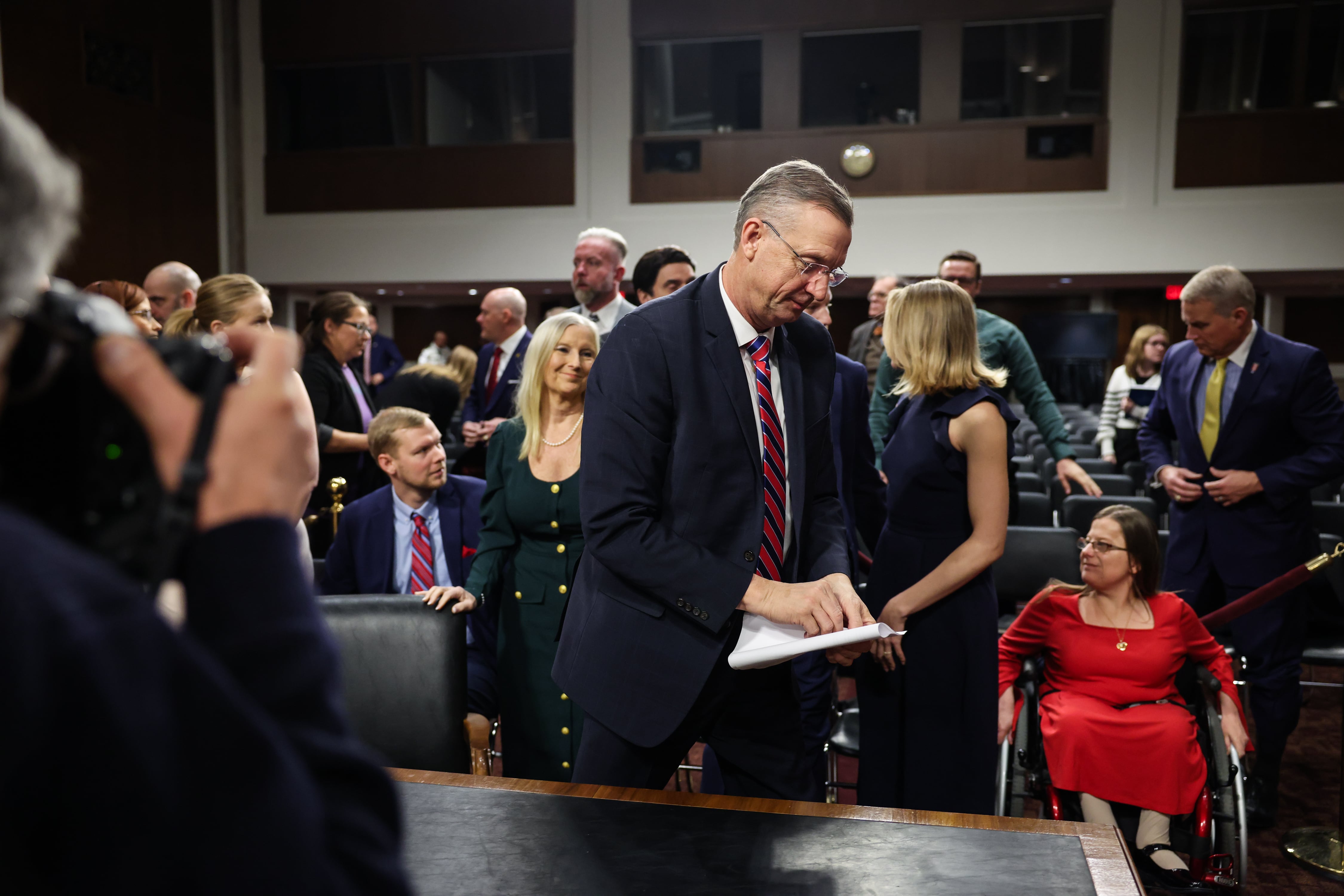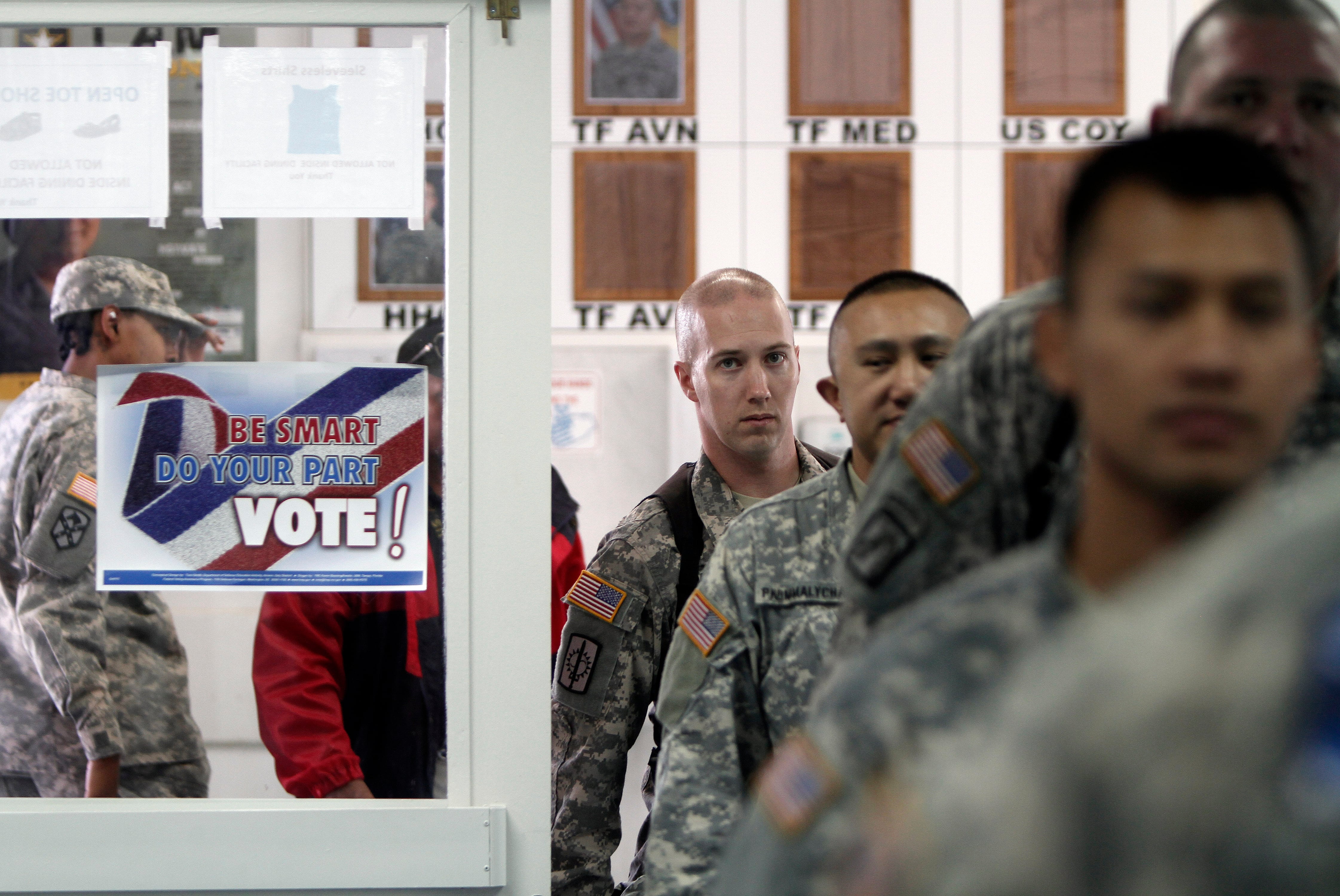PARIS and WASHINGTON — F-16 fighter jets delivered to Ukraine by the Netherlands are operational and doing a “good job,” Dutch Chief of Defence Gen. Otto Eichelsheim said.
The Netherlands will provide Ukraine with 24 of the jets as well as weapons, with no limits on how the arms can be used beyond compliance with humanitarian law, Eichelsheim said at a press briefing in Washington on Wednesday. Should Ukraine see a military need to use its F-16s for deep strikes into Russia, “then we have no restrictions on that,” the general said.
Ukraine used Western-supplied F-16s to shoot down Russian missiles this week in two waves of attacks targeting residential areas and energy infrastructure, according to President Volodymyr Zelenskyy.
Eichelsheim declined to say how many aircraft are already operating in Ukraine, citing the security of Ukrainian forces.
The Netherlands is stationing a further 18 F-16s for pilot training in Romania, and some of those aircraft could be given to Ukraine in the future, the general said. Additional airframes will become available for Ukraine as more countries in Europe shift to the F-35 Joint Strike Fighter, he added.
“Focus should be now on getting the pilots and technicians trained well,” Eichelsheim said. “We have the capability ready in Romania to train Ukrainian pilots. We will see now a shift from the older pilots that were trained on the MiGs that we have now converted to the F-16, towards young pilots that are coming out of the training pipeline.”
The biggest challenge will be to sustain the F-16 fleet with personnel and materiel, the Dutch general said. The Netherlands is providing Ukraine money and data to keep the jets flying, with parts delivery and aircraft overhaul to be handled mainly by civilian contractors employed by the Ukrainian government.
“That will be done inside Ukraine, and we will be providing the Ukrainians with the financial assets to do that,” Eichelsheim said. “Understand that are always difficulties in this, because you have then perhaps foreigners working on Ukrainian soil. So there will be always a risk involved there.”
F-16s and their airfields will be a primary target for Russia, and protecting them will require layered air defense, according to Eichelsheim. Ukraine has a good sensor system that provides enough early warning to allow the jets to react to threats, the general said.
Eichelsheim met with officials in Washington to discuss the Dutch initiative to supply Ukraine with additional Patriot systems, as Zelenskyy is expected to request more air-defense assets following Russia’s air attacks this week.
He described Ukraine’s incursion into Russia’s Kursk Oblast as “technically very well executed,” using maneuverability and new techniques and technologies to quickly seize terrain. Kyiv’s military could choose to expand the push there, Eichelsheim said, in which case Ukraine’s allies should be prepared to ponder an military-aid request from Kyiv to sustain the presence in the Russian oblast.
The operation boosted Ukrainian morale, and has given the country a bargaining chip with Russia.
“From a military perspective, they can then provide dilemmas for the Russian Federation, and I think that’s what they should do,” Eichelsheim said. “You have to give them the maneuverability to win the fight, if it is so static on the other front,” he added, referring to fighting in Ukraine.
Russia has kept up its Donbas offensive for now, while Ukraine has depleted part of its reserves with the Kursk incursion, and time will tell whether the operation was a strategic success, according to the general.
“But strategically, you would like to see a reaction coming out of the Russian forces, and that’s a reaction we still did not see.”
The continued Russian focus on Donbas “shows something” about how Russian leader Vladimir Putin sees his territory and people, according to Eichelsheim. “If I was a Russian, I would be worried about it.”
With both sides dug in “quite deeply,” it will be very hard for Ukraine to regain territory, and for Ukraine to take the offensive will require materiel for more brigades, including artillery ammunition, fighting vehicles, main battle tanks and electronic warfare assets, according to Eichelsheim.
The Dutch general met with arms maker RTX during his Washington visit to discuss cooperation between U.S. and European companies. Conversations revolved around how missiles needed by Europe and Ukraine, such as FIM-92 Stingers, AIM-120 AMRAAMs and interceptors for the Patriot system, can be built more quickly.
Eichelsheim said he received a “very positive” response, and now European countries will need to provide more clarity on their needs and timetables, and what their respective industrial bases can contribute.
“We have to work the details out in the near future,” Eichelsheim said. “But also, how can we discuss this with the U.S. government? Because they play an important role as well. It’s U.S. technology that needs to be produced and shared.”
Ruitenberg reported from Paris; Robertson reported from Washington.
Rudy Ruitenberg is a Europe correspondent for Defense News. He started his career at Bloomberg News and has experience reporting on technology, commodity markets and politics.
Noah Robertson is the Pentagon reporter at Defense News. He previously covered national security for the Christian Science Monitor. He holds a bachelor’s degree in English and government from the College of William & Mary in his hometown of Williamsburg, Virginia.





